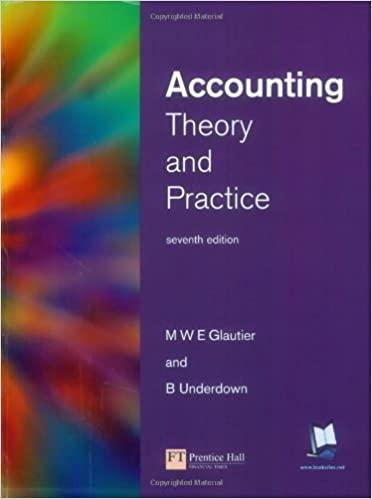5

Required information Problem 4-16 (Algo) Contrasting ABC and Conventional Product Costs [LO4-2, LO4-3, LO4-4] [The following information applies to the questions displayed below.] For many years, Thomson Company manufactured a single product called LEC 40 . Then three years ago, the company automated a portion of its plant and at the same time introduced a second product called LEC 90 that has become increasingly popular. The LEC 90 is a more complex product, requiring 0.60 hours of direct labor time per unit to manufacture and extensive machining in the automated portion of the plant. The LEC 40 requires only 0.20 hours of direct labor time per unit and only a small amount of machining. Manufacturing overhead costs are currently assigned to products on the basis of direct labor-hours. Despite the growing popularity of the company's new LEC 90, profits have been declining steadily. Management is beginning to believe that there may be a problem with the company's costing system. Direct material and direct labor costs per unit are as follows: Management estimates that the company will incur $505,000 in manufacturing overhead costs during the current year and 50,000 units of the LEC 40 and 25,000 units of the LEC 90 will be produced and sold. Problem 4-16 (Algo) Part 3 3. Using the activity rates you computed in part (2), do the following: a. Determine the per unit amount of manufacturing overhead cost that would be assigned to each product using the activity-based costing system. b. Compute the unit product cost of each product. 3. Using the activity rates you computed in part (2), do the following: a. Determine the per unit amount of manufacturing overhead cost that would be assigned to each product using the activity-based costing system. b. Compute the unit product cost of each product. Complete this question by entering your answers in the tabs below. Using the activity rates you computed in part (2), determine the per unit amount of manufacturing overhead cost that would be assigned to each product using the activity-based costing system. (Do not round intermediate calculations, Round your answers to 2 decimal places.) 3. Using the activity rates you computed in part (2), do the following: a. Determine the per unit amount of manufacturing overhead cost that would be assigned to each product using the activity-based costing system. b. Compute the unit product cost of each product. Complete this question by entering your answers in the tabs below. Using the activity rates you computed in part (2), compute the unit product cost of each product. (Do not round intermediate calculations. Round your final answers to 2 decimal places)










